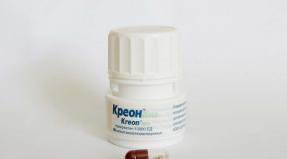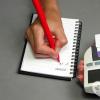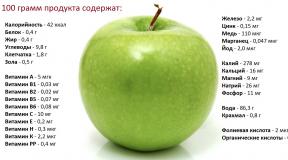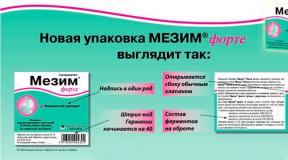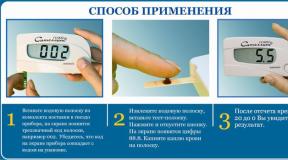How to take a glucose tolerance test
Diagnosis of the body on - a special laboratory method for determining diabetes mellitus (DM) and its previous condition. There are two types:
- intravenous test using glucose;
- oral glucose tolerance study.
The analysis shows how the human body dissolves glucose in the blood. The nuances, methods of conducting and the feasibility of a glucose tolerance test will be discussed below. You will find out what is the norm of this study and its pitfalls.
Glucose is a monosaccharide used by the body to maintain vital energy. If a person has diabetes who has never been treated, there is a large amount of a substance in the blood. The test is needed for the timely diagnosis of the disease and the start of treatment at an early stage. How the tolerance test is carried out is described below.
If the analysis shows a high level, the person has type 2 diabetes. Pregnant women should not be afraid, because with an "interesting position" the concentration of sugar in the blood rises.
Carrying out a test for glucose tolerance is a simple procedure that should be carried out regularly as a preventive measure.
Why take the test and who is prescribed the test
The value of the study is difficult to overestimate. The analysis reveals the feasibility of carrying out other manipulations necessary for the diagnosis of diabetes mellitus. Particular attention is paid to pregnant women, as well as people prone to diabetes. Do a test for safety and health.
Test preparation
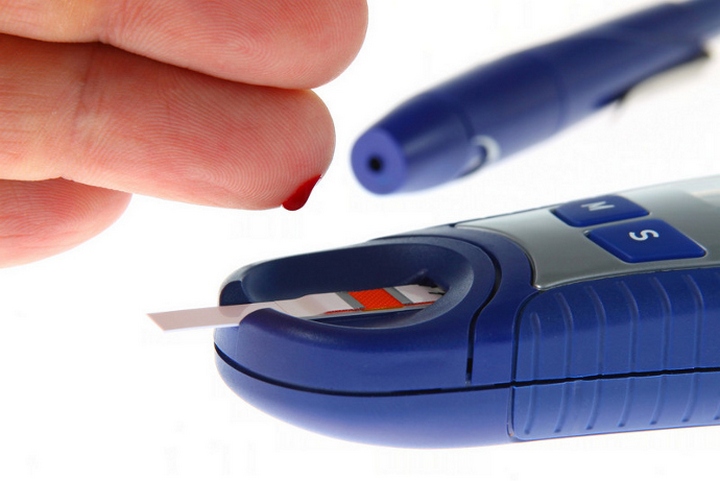
The analysis is preceded by careful preparation. Before the first test for glucose tolerance, doctors recommend that you follow a diet: exclude fatty, spicy foods and foods high in carbohydrates from the diet. Eat 4-5 times a day (breakfast, lunch, dinner and 1-2 snacks) without overeating and fasting - the saturation of the body with useful substances for normal life should be complete.
How do I get tested for glucose tolerance? Only on an empty stomach: for 8 hours, exclude the use of food. But you should not overdo it: fasting is allowed no more than 14 hours.
The day before the test for glucose tolerance completely give up alcohol and cigarettes.
Before you start preparing for the study, consult with your doctor about taking medications. The test will be inaccurate when taking pills that affect blood sugar. These include medicines that contain:
- caffeine;
- adrenalin;
- glucocorticoid substances;
- thiazide diuretics, etc.
How is a glucose tolerance test done?
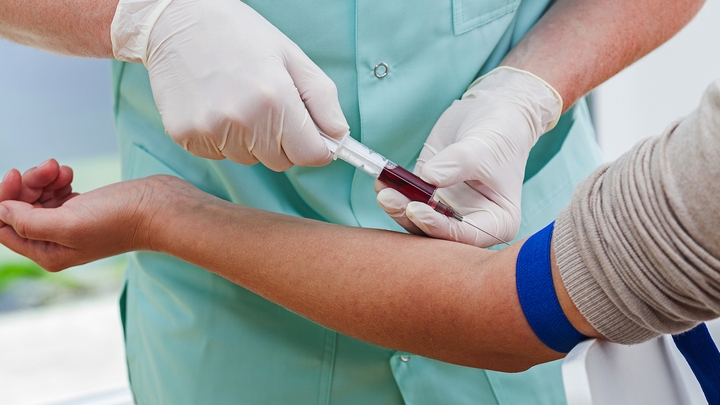
How to take a glucose tolerance test - the doctor who will perform the procedure will explain. Let's talk briefly about the features of the test. First, consider the specifics of the oral method.
A blood sample is taken for analysis. The patient drinks water containing a certain amount of glucose (75 grams). Then the doctor takes a blood sample for analysis every half an hour or an hour. The procedure takes about 3 hours.
The second method is rarely used. It is called the intravenous blood sugar test. Its peculiarity lies in the ban on the use for diagnosing diabetes. A blood test by this method is performed as follows: the substance is injected into the patient's vein for three minutes, after determining the level of insulin.
Having made an injection, the doctor makes a count at the 1st and 3rd minutes after the injection. The measurement time depends on the point of view of the doctor and the method of the procedure.
Feelings during the test
When performing a glucose tolerance test, discomfort is not ruled out. Don't worry, this is the norm. The study is characterized by:
- increased sweating;
- dyspnea;
- slight nausea;
- fainting or fainting state.
As practice shows, the glucose tolerance test causes side effects quite rarely. Before passing the analysis, calm down and do auto-training. The nervous system stabilizes, and the procedure will pass without complications.
What is the norm of the glucose tolerance test

Before the study, read the rules of analysis in order to approximately understand the results. The unit of measure is milligrams (mg) or deciliters (dl).
Norm at 75 gr. substances:
- 60-100 mg - initial result;
- 200 mg after 1 hour;
- up to 140 mg in a couple of hours.
Keep in mind that units of measurement for measuring blood sugar levels vary by lab - check with your doctor for this information.
The test sometimes shows not at all rosy results. Don't be discouraged if the numbers don't match. You need to find out the cause and solve the problem.
If blood sugar exceeds 200 mg (dm) - the patient has diabetes.
The diagnosis is made exclusively by a doctor: a high sugar level is possible with other diseases (Cushing's syndrome, etc.).
The importance of analysis is difficult to overestimate. A person's well-being depends on the level of glucose, this indicator must be kept under control. If you want to enjoy life and be constantly active, you should not ignore blood sugar.


